Home>Furniture & Design>Bathroom Accessories>How To Close Bathtub Drain
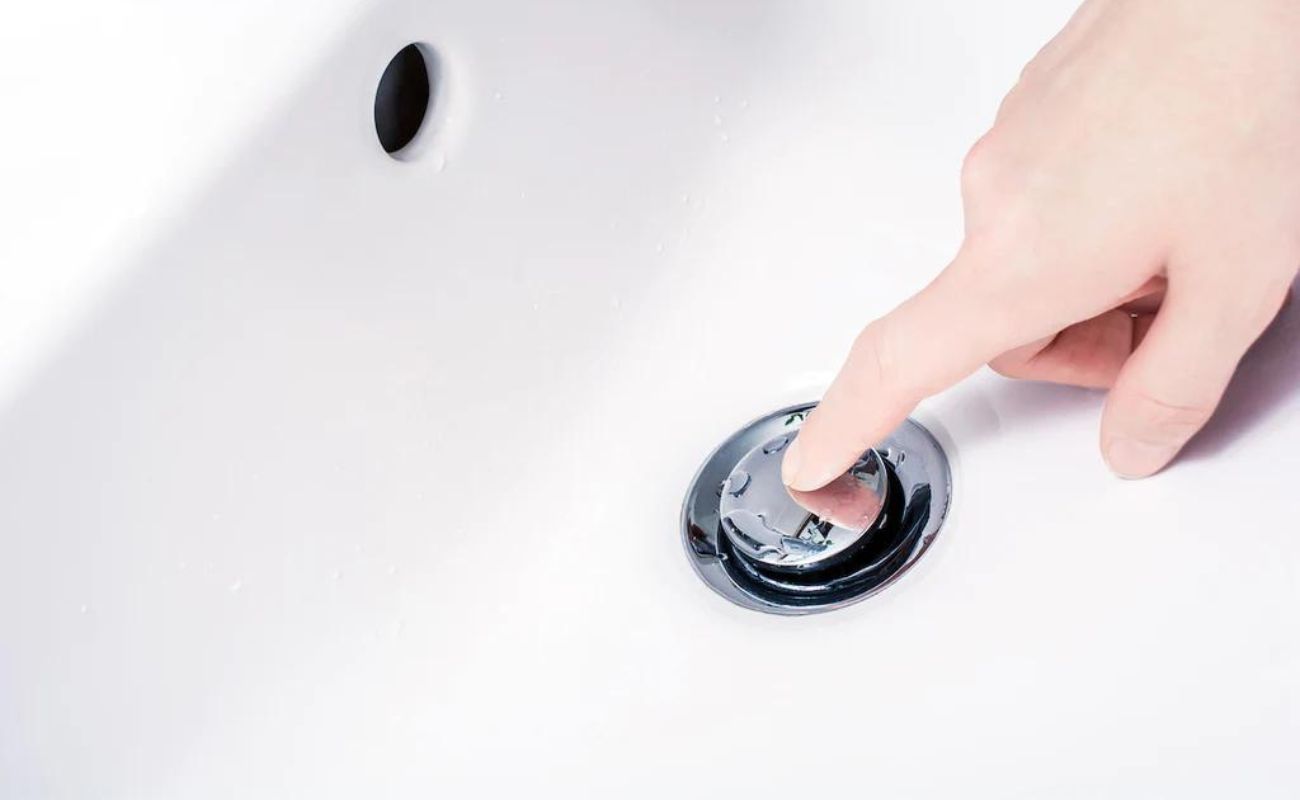

Bathroom Accessories
How To Close Bathtub Drain
Modified: October 19, 2024
Learn how to close a bathtub drain easily with the right bathroom accessories. Follow our step-by-step guide for a quick and effective solution.
(Many of the links in this article redirect to a specific reviewed product. Your purchase of these products through affiliate links helps to generate commission for Storables.com, at no extra cost. Learn more)
Introduction
Dealing with a stubbornly clogged bathtub drain can be a frustrating experience for anyone. Whether it's due to a buildup of hair, soap scum, or other debris, a slow-draining or completely blocked bathtub can disrupt your daily routine and cause unnecessary stress. However, the good news is that there are several effective methods for addressing this common issue. From simple DIY techniques to professional assistance, you have various options to choose from when it comes to unclogging your bathtub drain.
In this comprehensive guide, we will walk you through the step-by-step process of addressing a clogged bathtub drain. By following these methods, you can regain the functionality of your bathtub and restore peace to your bathroom. Whether you prefer tackling the issue on your own or seeking the expertise of a professional plumber, this guide will equip you with the knowledge and confidence to make an informed decision.
So, if you're tired of dealing with a slow-draining bathtub or facing the inconvenience of standing water during your showers, you've come to the right place. Let's dive into the practical solutions for unclogging your bathtub drain and reclaiming the comfort and functionality of your bathroom. Whether you're a seasoned DIY enthusiast or a first-time homeowner, these methods are designed to be accessible and effective for anyone facing this common household challenge.
Key Takeaways:
- Don’t let a clogged bathtub drain stress you out! Start by removing the stopper, cleaning the drain, and using a plunger. If that doesn’t work, try a drain snake or chemical cleaner. If all else fails, call a professional plumber for help.
- Unclogging a bathtub drain is a step-by-step process. From DIY methods like plunging and cleaning to using professional help, there are options for everyone. Keep calm and follow the guide to restore your bathtub’s functionality.
Read more: How To Vent A Bathtub Drain
Step 1: Remove the stopper
The first step in addressing a clogged bathtub drain is to remove the stopper. This is a crucial initial task as it allows you to access the drain and assess the extent of the blockage. Depending on the type of bathtub stopper you have, the removal process may vary slightly. Here's a detailed guide on how to remove the most common types of stoppers:
Push-Pull Stoppers
If your bathtub is equipped with a push-pull stopper, you can start by locating the knob or handle on the stopper. Once you've identified it, simply grasp the knob and pull it upward to release the stopper from the drain. In some cases, you may need to twist the knob counterclockwise before pulling it up. This action should disengage the stopper from the drain, allowing you to lift it out easily.
Lift-and-Turn Stoppers
For lift-and-turn stoppers, you'll notice a small knob or indentation on the top of the stopper. To remove this type of stopper, you'll need to twist the knob or indentation counterclockwise to release it from the drain. Once it's loosened, you can lift the stopper out of the drain.
Toe-Touch Stoppers
Toe-touch stoppers are often found in modern bathtub designs and are operated by pressing down with your toe to open and close the drain. To remove a toe-touch stopper, you'll need to rotate it counterclockwise to release it from the drain. Once it's unlocked, you can lift it out of the drain using your fingers.
Read more: How To Unfreeze Bathtub Drain
Pop-Up Stoppers
Pop-up stoppers are commonly found in newer bathtub models and are operated by a lever or button on the overflow plate. To remove a pop-up stopper, you'll need to locate the setscrew on the overflow plate and loosen it with a screwdriver. Once the setscrew is loosened, you can lift the stopper out of the drain.
By successfully removing the stopper, you've completed the first step in addressing a clogged bathtub drain. With the stopper out of the way, you can proceed to the next steps in the unclogging process, which may involve cleaning the drain, using a plunger, or employing a drain snake to clear the blockage. Each of these methods builds upon the previous step, allowing you to systematically address the issue and restore proper drainage to your bathtub.
Step 2: Clean the drain
Once the stopper has been successfully removed, the next crucial step in addressing a clogged bathtub drain is to thoroughly clean the drain. Over time, hair, soap scum, and other debris can accumulate within the drain, leading to blockages and impeding water flow. By cleaning the drain, you can effectively remove these obstructions and improve the drainage efficiency of your bathtub.
To begin the cleaning process, you can use a pair of gloves to protect your hands from coming into direct contact with any debris or buildup within the drain. Using a flashlight, carefully inspect the drain to identify any visible blockages or accumulations. If you notice a significant amount of hair or gunk near the surface, you can use a pair of needle-nose pliers or a small tool to extract the debris from the drain.
Following the initial removal of visible debris, you can proceed to clean the drain using a combination of hot water and a mild cleaning solution. Start by pouring boiling water down the drain to help loosen and dislodge any remaining buildup. This can be followed by the application of a mixture of baking soda and vinegar, which creates a foaming action that helps break down and dissolve stubborn residues within the drain.
After allowing the baking soda and vinegar mixture to work its magic for several minutes, you can flush the drain with hot water once again to rinse away the loosened debris. For particularly stubborn blockages, you may consider using a drain brush or a small plumbing snake to physically dislodge any remaining obstructions within the drain.
Once the drain has been thoroughly cleaned and flushed, it's important to reinstall the stopper and run water to test the drainage. If the water flows freely and the drain appears to be clear, you have successfully completed the cleaning process. However, if the issue persists and the drain continues to exhibit poor drainage, you may need to explore additional methods such as using a plunger, a drain snake, or a chemical drain cleaner to further address the clog.
By diligently cleaning the drain and removing any accumulated debris, you have taken a significant step towards restoring proper functionality to your bathtub. This proactive approach to drain maintenance can help prevent future blockages and ensure that your bathtub remains free from the inconvenience of slow or stagnant drainage.
Step 3: Use a plunger
When faced with a stubborn bathtub drain clog, utilizing a plunger can be an effective and accessible solution. The plunging technique works by creating a strong suction force within the drain, dislodging the blockage and allowing water to flow freely once again. To effectively use a plunger on a bathtub drain, follow these steps:
-
Prepare the Area: Before beginning the plunging process, ensure that the bathtub is empty and free of standing water. This will allow the plunger to form a proper seal over the drain, maximizing its effectiveness.
-
Select the Right Plunger: For bathtub drains, a cup plunger, also known as a flat-bottom plunger, is the most suitable option. This type of plunger features a flat, level bottom that can effectively cover the drain opening, creating a strong seal for optimal suction.
-
Create a Seal: Place the cup of the plunger over the bathtub drain, ensuring that it completely covers the opening. Press down firmly to create a tight seal between the plunger and the drain surface.
-
Apply Firm Pressure: With the plunger in position, begin applying firm and steady pressure by pushing and pulling the handle in a vertical motion. The goal is to create a strong suction force within the drain, which can help dislodge the clog.
-
Repeat the Process: Continue plunging the drain for several minutes, maintaining a consistent and rhythmic motion. If the plunger becomes dislodged from the drain, reposition it and continue the plunging process until you feel a noticeable release or improvement in drainage.
-
Test the Drainage: After plunging the drain, run water to test the effectiveness of the technique. If the water drains freely and without obstruction, you have successfully cleared the clog using a plunger.
By incorporating the use of a plunger into your unclogging efforts, you can take proactive steps to address a stubborn bathtub drain clog. This simple yet effective method can often provide immediate relief from drainage issues, allowing you to restore functionality to your bathtub without the need for harsh chemicals or professional assistance. If, however, the clog persists despite plunging, you may consider exploring alternative methods such as using a drain snake or a chemical drain cleaner to further address the issue.
Step 4: Try a drain snake
When traditional methods such as plunging and cleaning fail to resolve a stubborn bathtub drain clog, employing a drain snake, also known as a plumbing snake or auger, can provide a more targeted and effective approach. A drain snake is a flexible, coiled wire tool designed to navigate through the curves and bends of a drain pipe, allowing it to reach and dislodge blockages that may be out of reach for other methods.
To use a drain snake on a bathtub drain, follow these steps:
-
Prepare the Area: Before using the drain snake, ensure that the bathtub is clear of any standing water and debris. This will provide better access to the drain and allow the snake to maneuver effectively.
-
Select the Right Drain Snake: For bathtub drains, a medium-length drain snake, typically around 25 to 50 feet in length, is suitable for most residential applications. Ensure that the snake's diameter is appropriate for the size of your drain to prevent potential damage.
-
Insert the Drain Snake: Carefully feed the end of the drain snake into the bathtub drain, applying gentle pressure as you navigate it through the pipe. As you encounter resistance, continue to feed the snake while maintaining a steady and controlled motion.
-
Locate and Dislodge the Blockage: Once the drain snake encounters the blockage, you may feel increased resistance or hear a change in the sound as it makes contact. At this point, gently maneuver the snake to target the obstruction, using a combination of pushing, pulling, and twisting motions to dislodge the clog.
-
Retrieve the Drain Snake: After effectively breaking up the blockage, slowly retract the drain snake from the drain, being mindful of any debris or buildup that may be attached to it. Take care to clean the snake thoroughly after use to prevent the transfer of debris to other areas.
-
Test the Drainage: Following the use of the drain snake, run water to test the drainage of the bathtub. If the water flows freely and without obstruction, you have successfully cleared the clog using this method.
By incorporating a drain snake into your unclogging efforts, you can address deep-seated blockages and obstructions within the bathtub drain, restoring proper functionality to your plumbing system. If, however, the clog persists despite using a drain snake, it may be necessary to explore alternative methods or seek professional assistance to resolve the issue effectively.
Read more: How To Close Off Jets In A Bathtub
Step 5: Use a chemical drain cleaner
When traditional methods such as plunging, cleaning, and using a drain snake fail to alleviate a stubborn bathtub drain clog, employing a chemical drain cleaner can offer a powerful solution. Chemical drain cleaners are formulated to dissolve and break down organic matter, such as hair, soap scum, and other debris, that may be causing the blockage within the drain pipe.
Before using a chemical drain cleaner, it's essential to carefully read and follow the manufacturer's instructions and safety guidelines. These products contain powerful chemicals that can be hazardous if not handled properly. It's crucial to wear protective gloves and eyewear and ensure adequate ventilation in the bathroom when using a chemical drain cleaner.
To use a chemical drain cleaner on a bathtub drain, follow these steps:
-
Prepare the Area: Clear the bathtub of any standing water and ensure that the drain is dry before applying the chemical cleaner. This will allow the product to make direct contact with the blockage.
-
Pour the Cleaner: Carefully pour the recommended amount of the chemical drain cleaner into the bathtub drain, ensuring that it reaches the affected area within the pipe. It's important to avoid splashing or spilling the product onto surrounding surfaces.
-
Allow the Cleaner to Work: After applying the chemical drain cleaner, allow it to work for the specified duration as indicated on the product label. This typically ranges from 15 minutes to several hours, depending on the severity of the clog and the type of cleaner used.
-
Flush with Water: Once the designated time has elapsed, flush the drain with hot water to rinse away the dissolved debris and the remnants of the chemical cleaner. This step helps ensure that the drain is clear and free from any residual product.
-
Observe Drainage: After using the chemical drain cleaner, run water to test the effectiveness of the treatment. If the water flows freely and the drain exhibits improved drainage, you have successfully addressed the clog using this method.
It's important to note that while chemical drain cleaners can be effective in breaking down stubborn clogs, they should be used with caution and as a last resort due to their potentially harmful nature. Additionally, certain types of plumbing systems, such as older or delicate pipes, may not be compatible with chemical drain cleaners, and their use could lead to damage or corrosion.
By incorporating a chemical drain cleaner into your unclogging efforts, you can tackle persistent bathtub drain clogs and restore proper functionality to your plumbing system. If, however, the clog persists despite using a chemical drain cleaner, it may be necessary to seek professional assistance to address the issue effectively.
Use a plunger to create a strong seal over the drain, then push and pull to dislodge the clog. If that doesn’t work, try using a drain snake to remove the blockage.
Step 6: Call a professional plumber
In some instances, despite your best efforts and the application of various DIY methods, a stubborn bathtub drain clog may persist. When faced with a particularly challenging or recurring clog, it may be time to consider enlisting the expertise of a professional plumber. These skilled professionals possess the knowledge, experience, and specialized tools necessary to diagnose and address complex plumbing issues effectively.
Calling a professional plumber offers several distinct advantages when dealing with a persistent bathtub drain clog. Plumbers have the expertise to assess the underlying cause of the clog, whether it's due to a structural issue within the plumbing system, a deep-seated blockage, or a more complex obstruction that requires professional intervention. By leveraging their expertise, plumbers can provide targeted solutions tailored to the specific nature of the clog, ensuring a comprehensive and lasting resolution.
Furthermore, professional plumbers have access to advanced equipment and technologies designed to tackle even the most challenging drain clogs. From high-powered drain snakes and hydro-jetting systems to sophisticated camera inspection tools, plumbers are equipped with a diverse array of resources to effectively identify and address the root cause of the clog. This level of precision and thoroughness can lead to a more thorough and long-term solution, minimizing the likelihood of future clogs and ensuring the optimal functioning of your bathtub drain.
Additionally, enlisting the services of a professional plumber can provide peace of mind and convenience, particularly for homeowners who may lack the time, expertise, or physical capability to address a persistent drain clog on their own. By entrusting the task to a qualified plumber, you can alleviate the stress and uncertainty associated with ongoing plumbing issues, allowing you to focus on other priorities while knowing that the problem is being addressed by a skilled professional.
Ultimately, calling a professional plumber represents a proactive and effective approach to resolving persistent bathtub drain clogs. By leveraging their expertise, specialized tools, and targeted solutions, professional plumbers can deliver comprehensive and lasting results, restoring proper drainage and functionality to your bathtub while minimizing the likelihood of future clogs. If DIY methods have proven ineffective or if you simply prefer the assurance of professional assistance, reaching out to a reputable plumber can be the key to overcoming challenging drain clogs and maintaining a smoothly functioning plumbing system.
Frequently Asked Questions about How To Close Bathtub Drain
Was this page helpful?
At Storables.com, we guarantee accurate and reliable information. Our content, validated by Expert Board Contributors, is crafted following stringent Editorial Policies. We're committed to providing you with well-researched, expert-backed insights for all your informational needs.
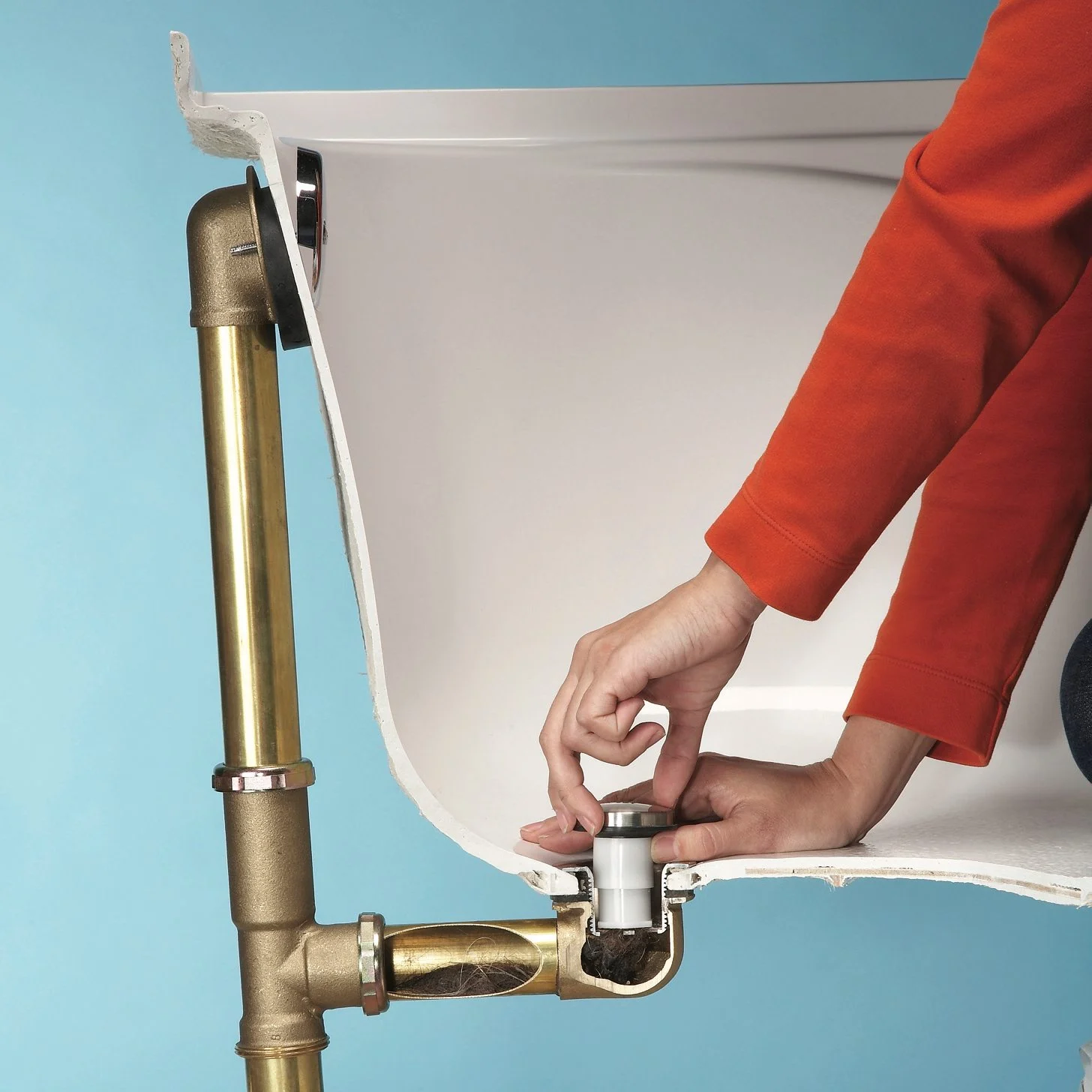
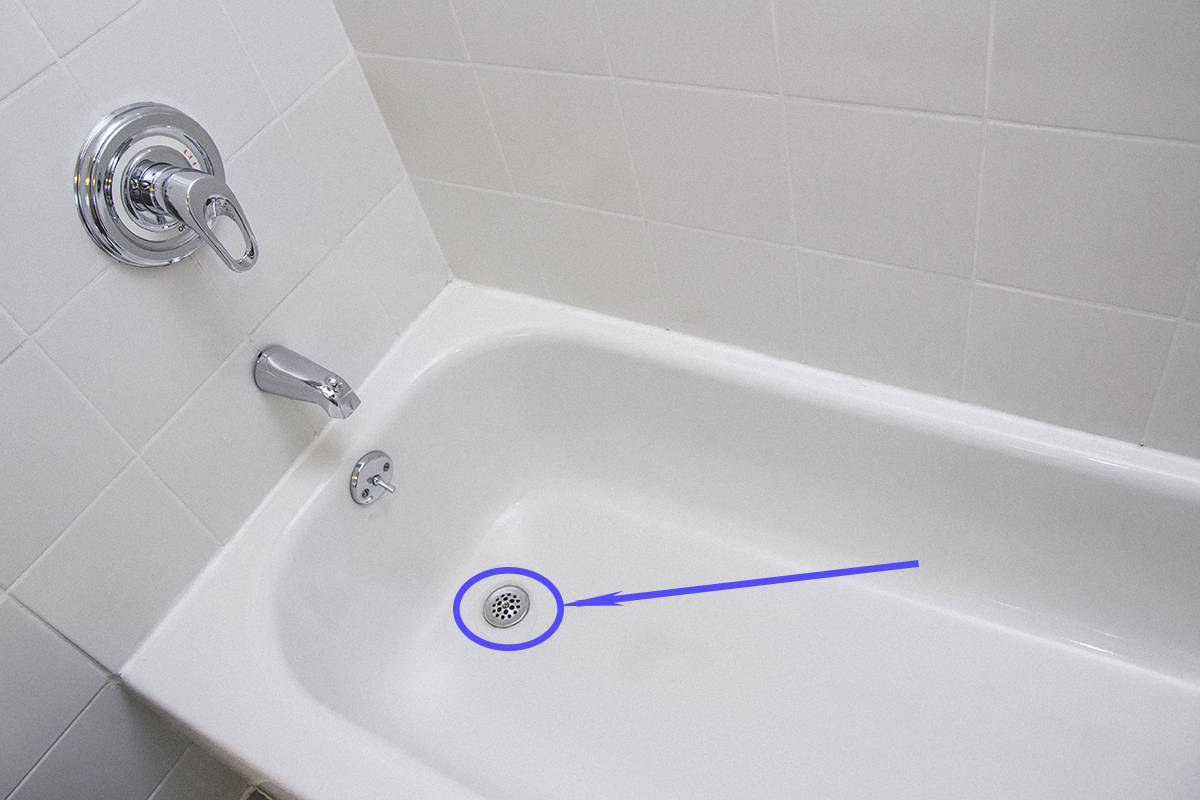
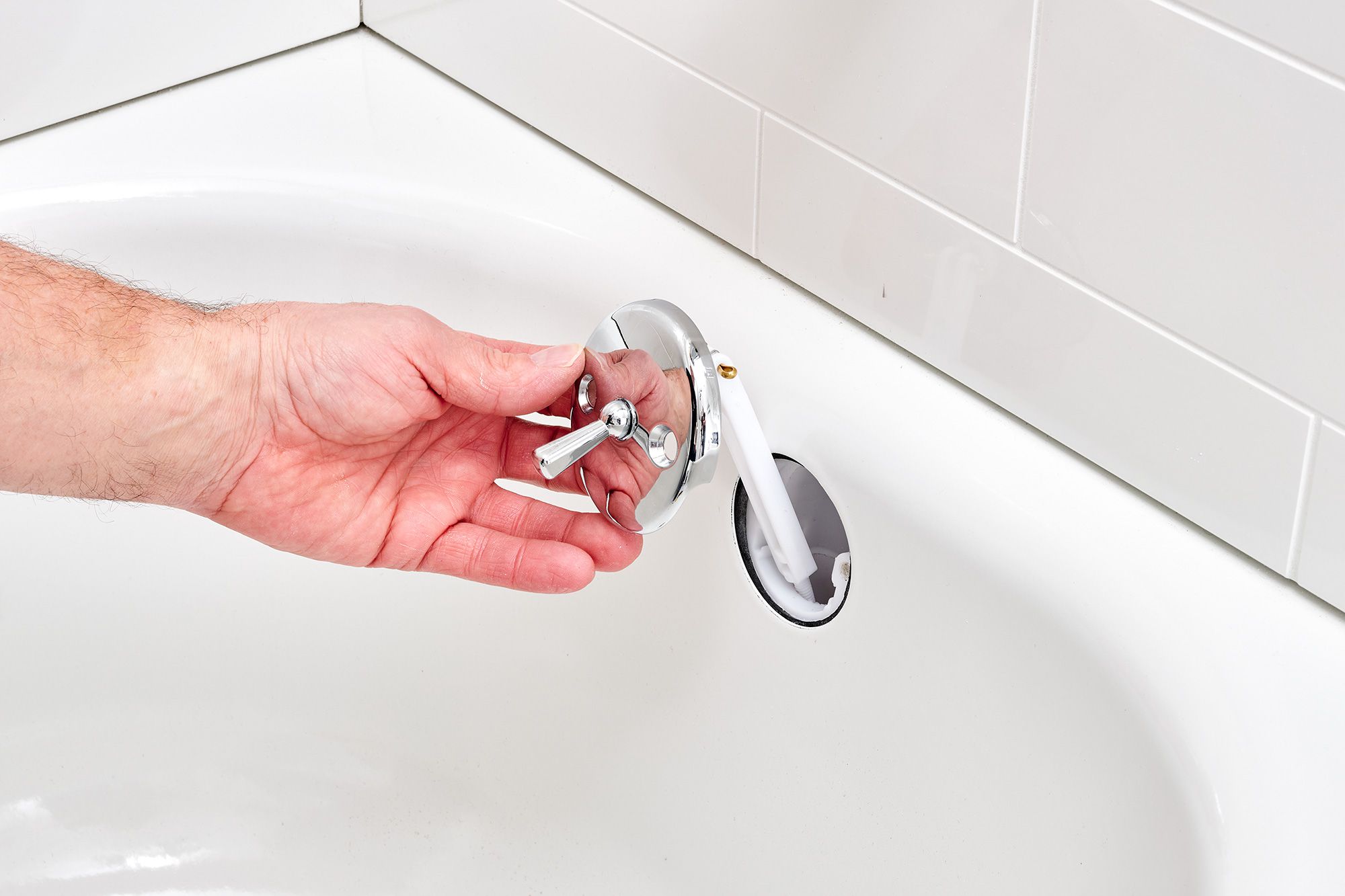
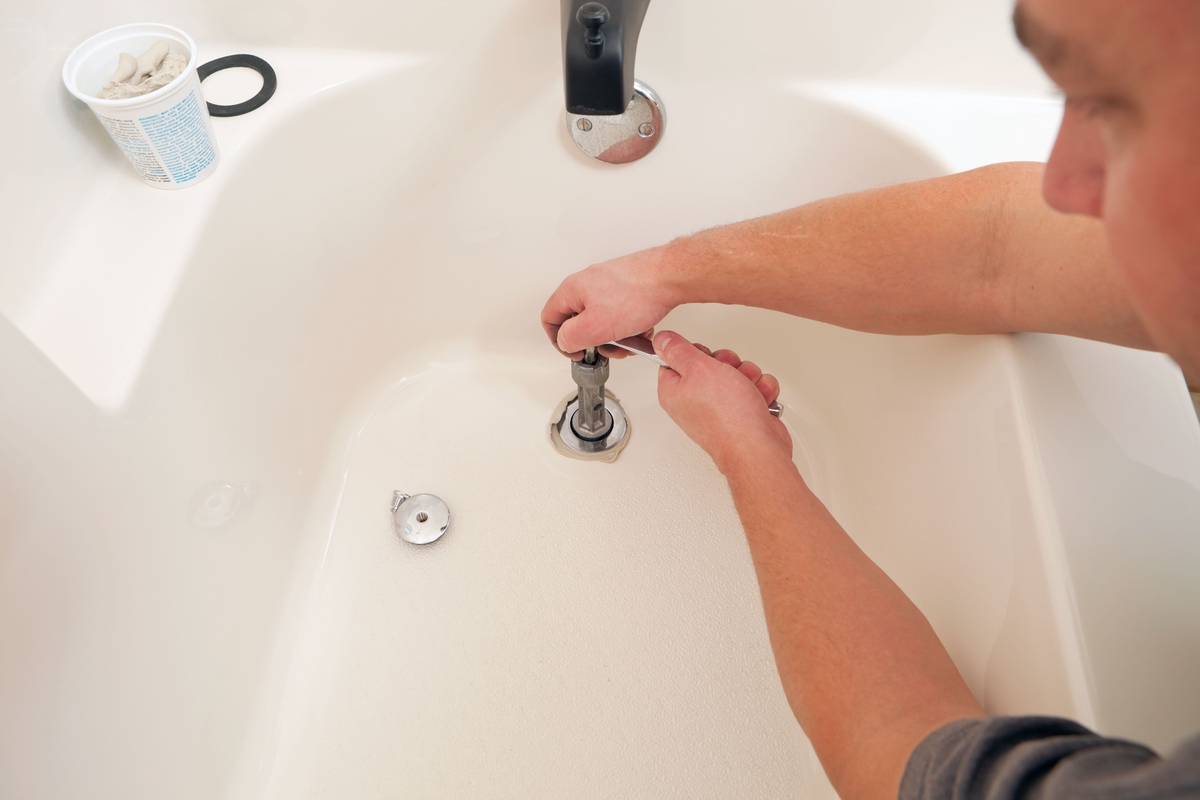
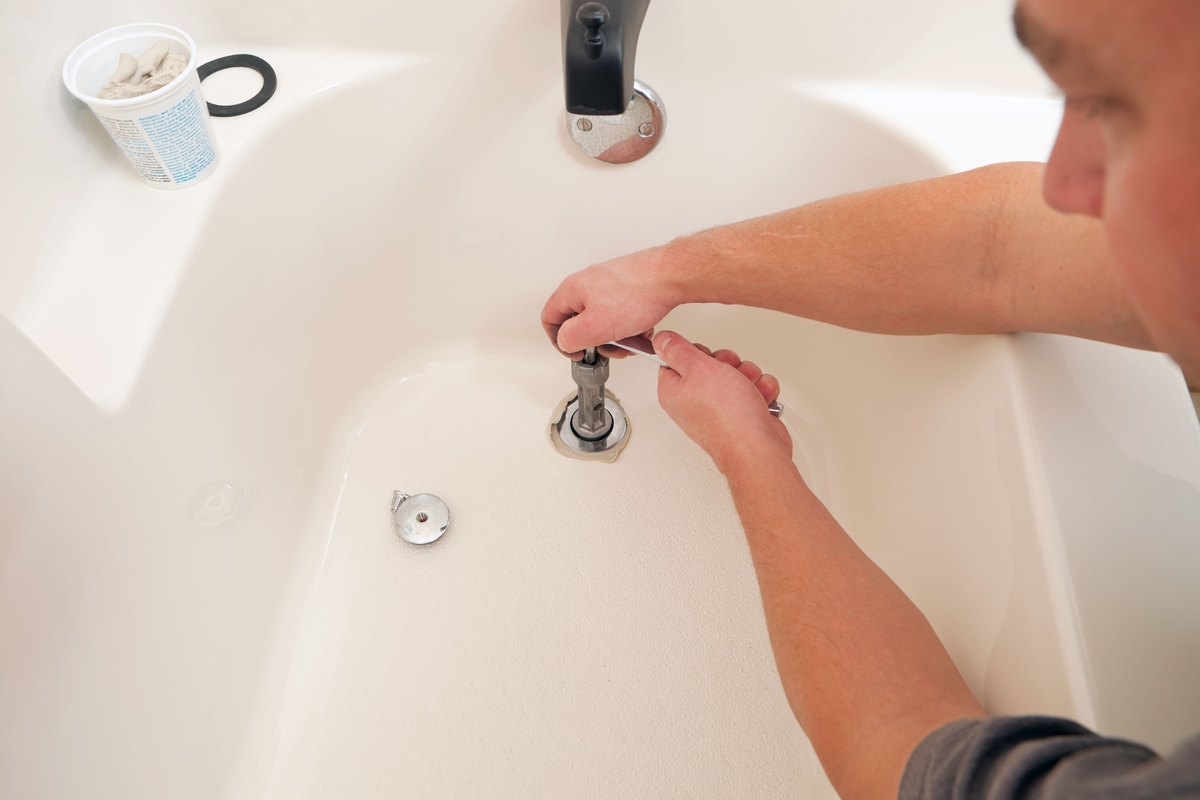
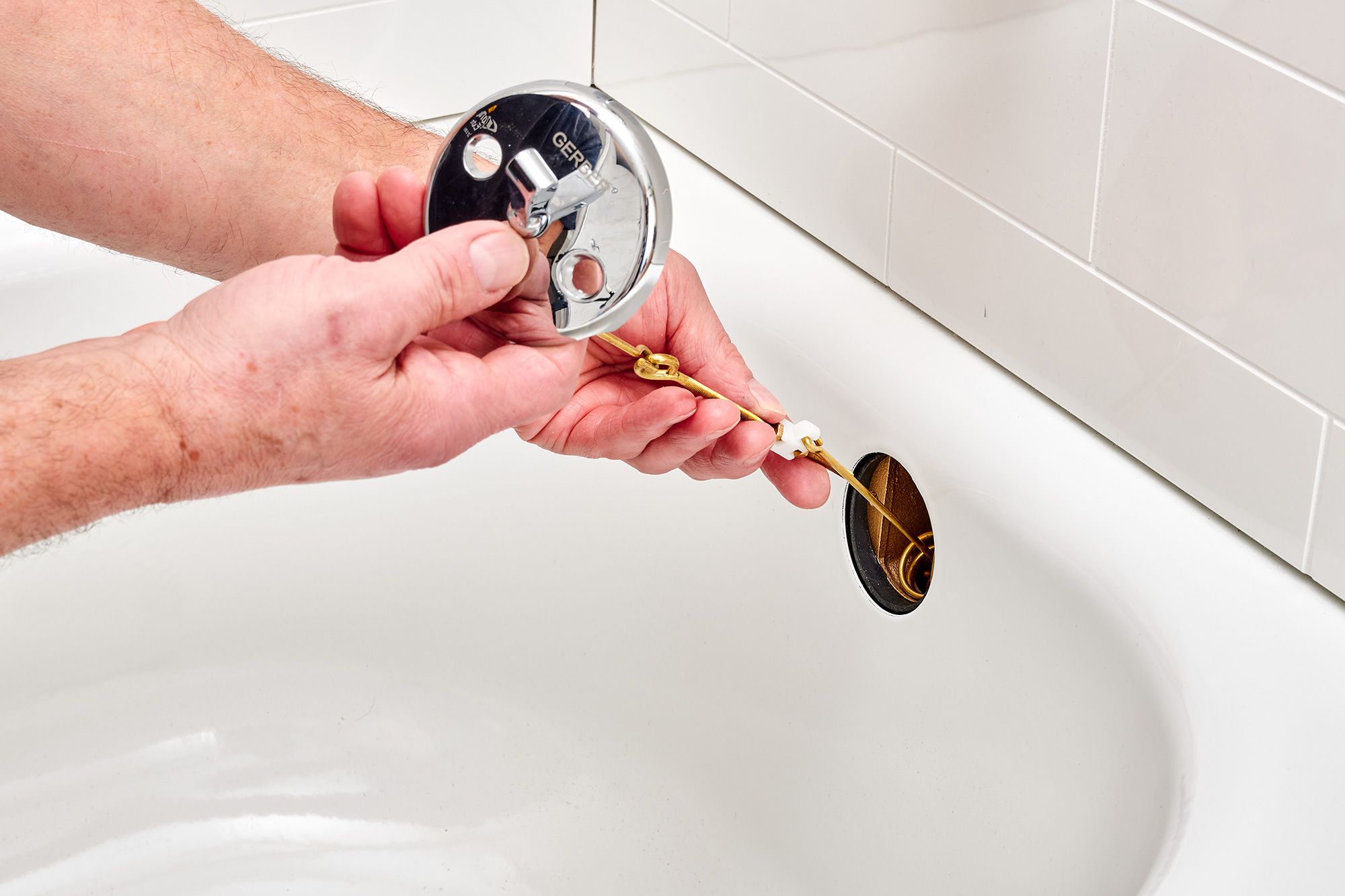
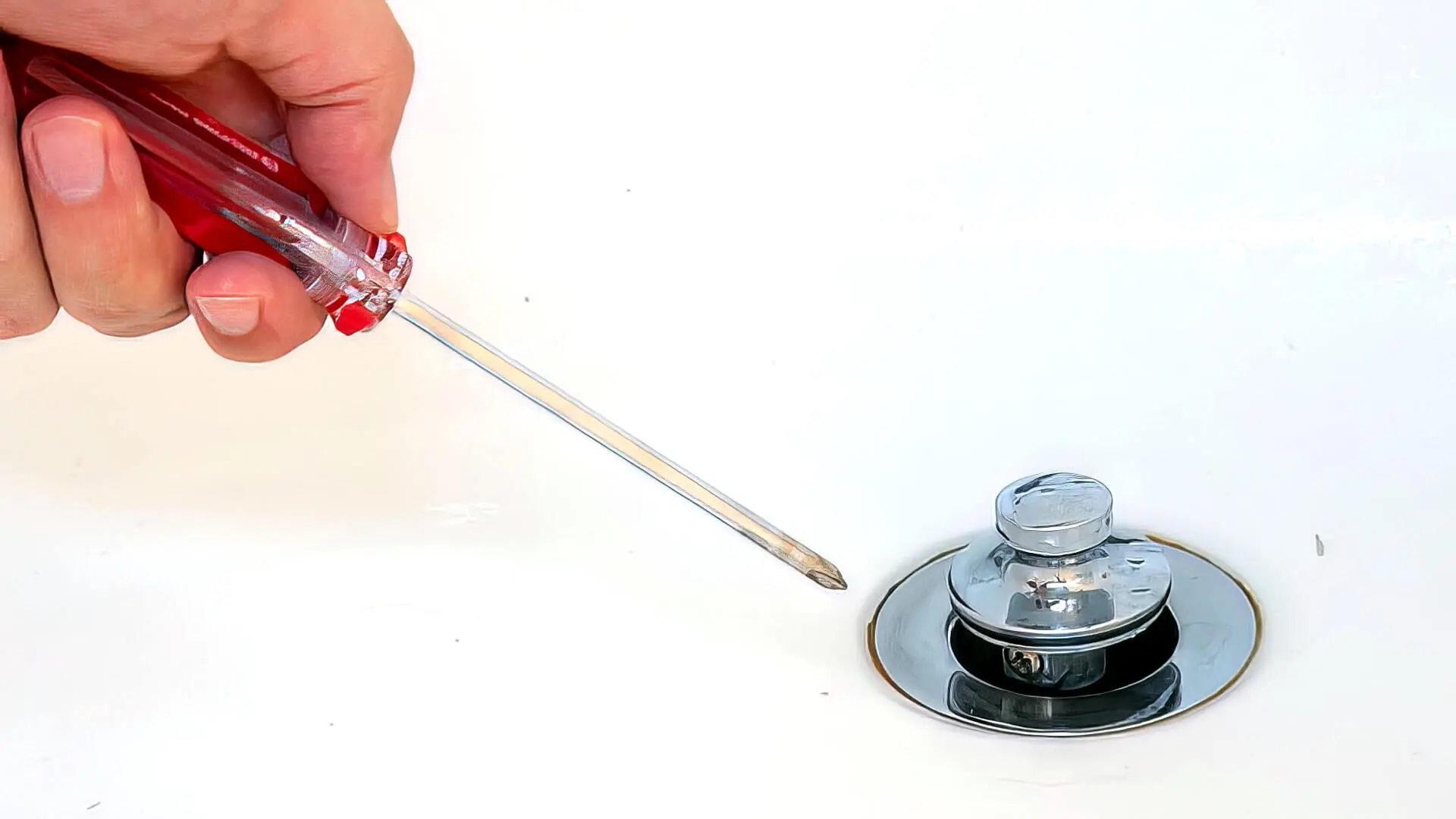
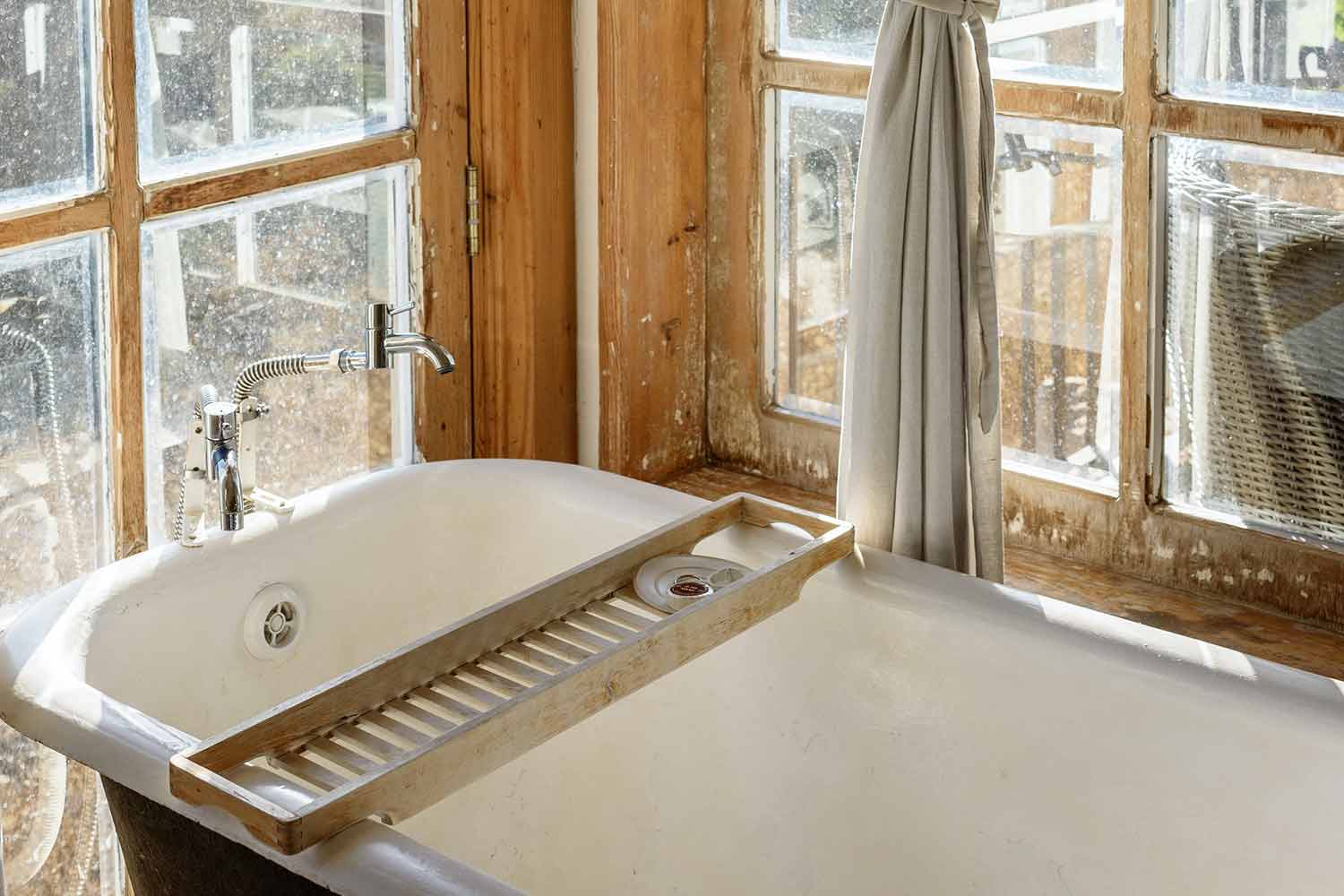
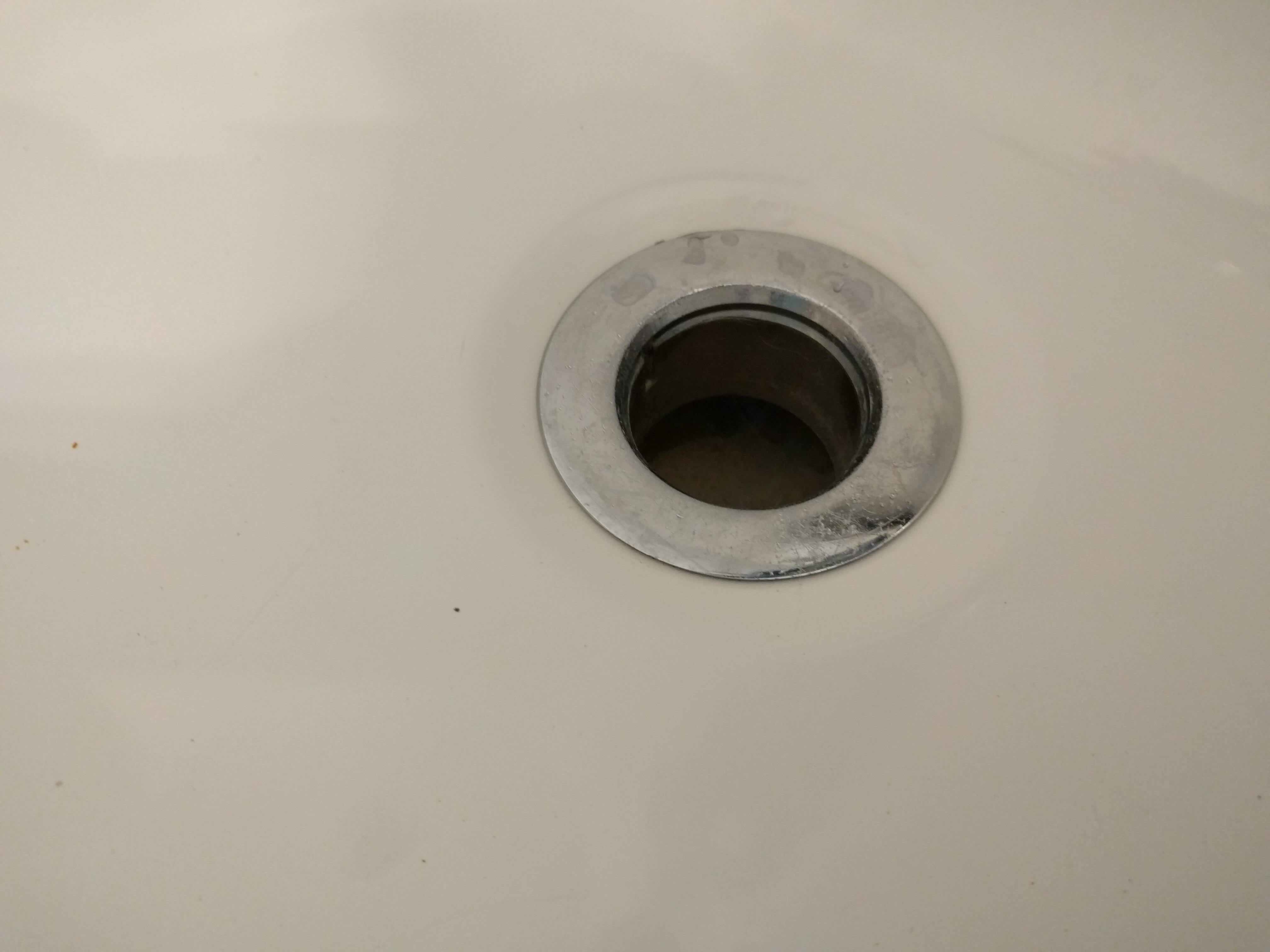
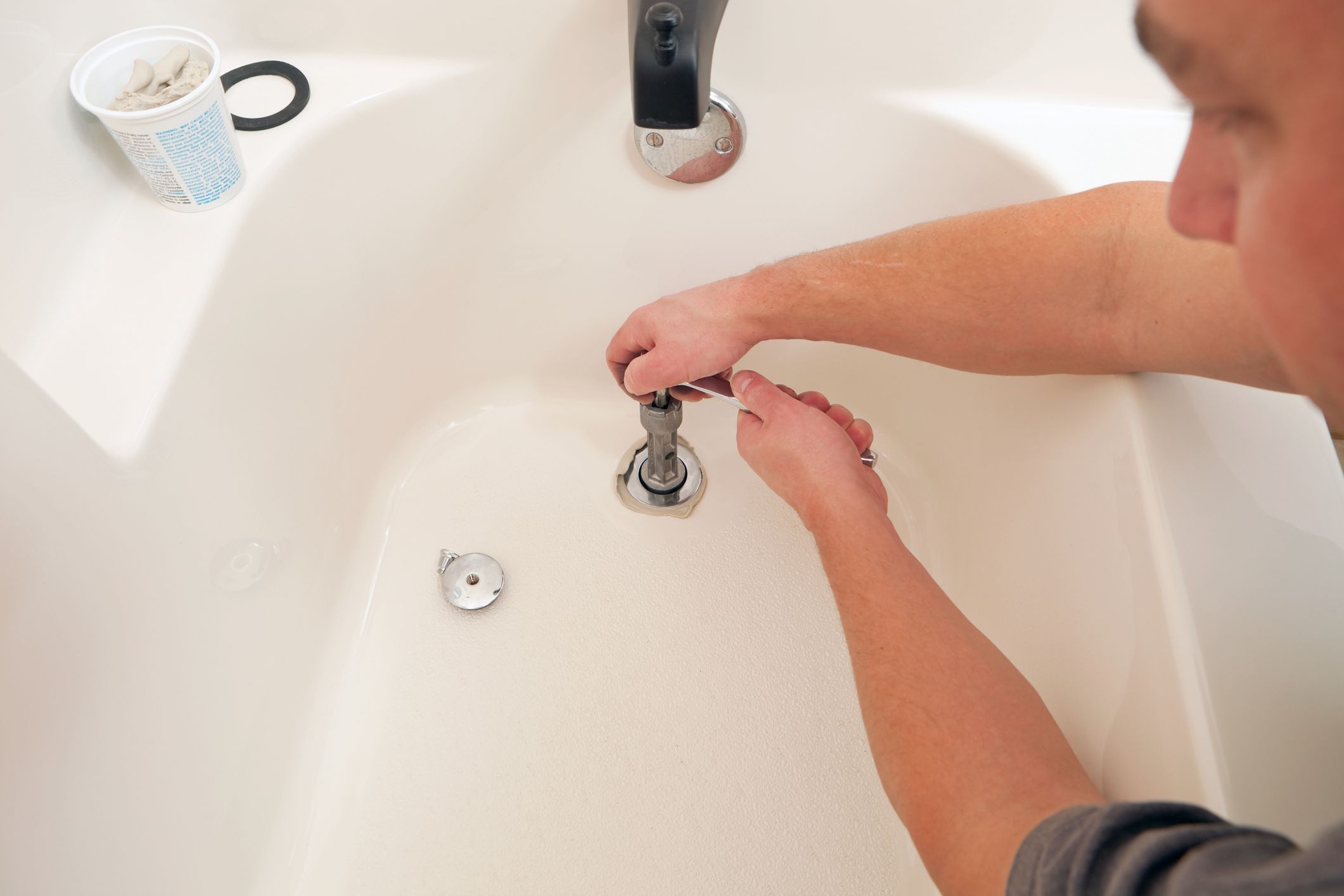
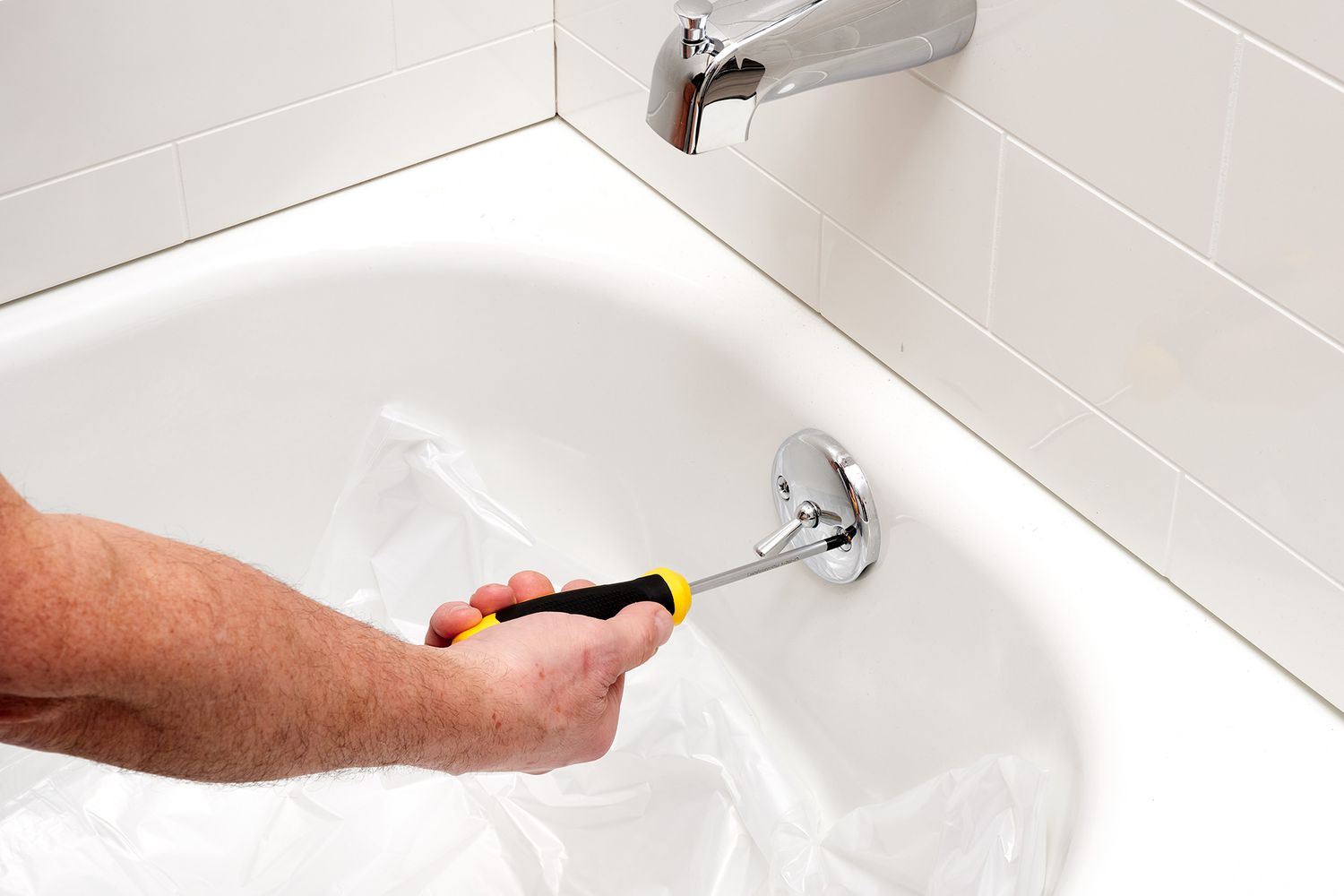
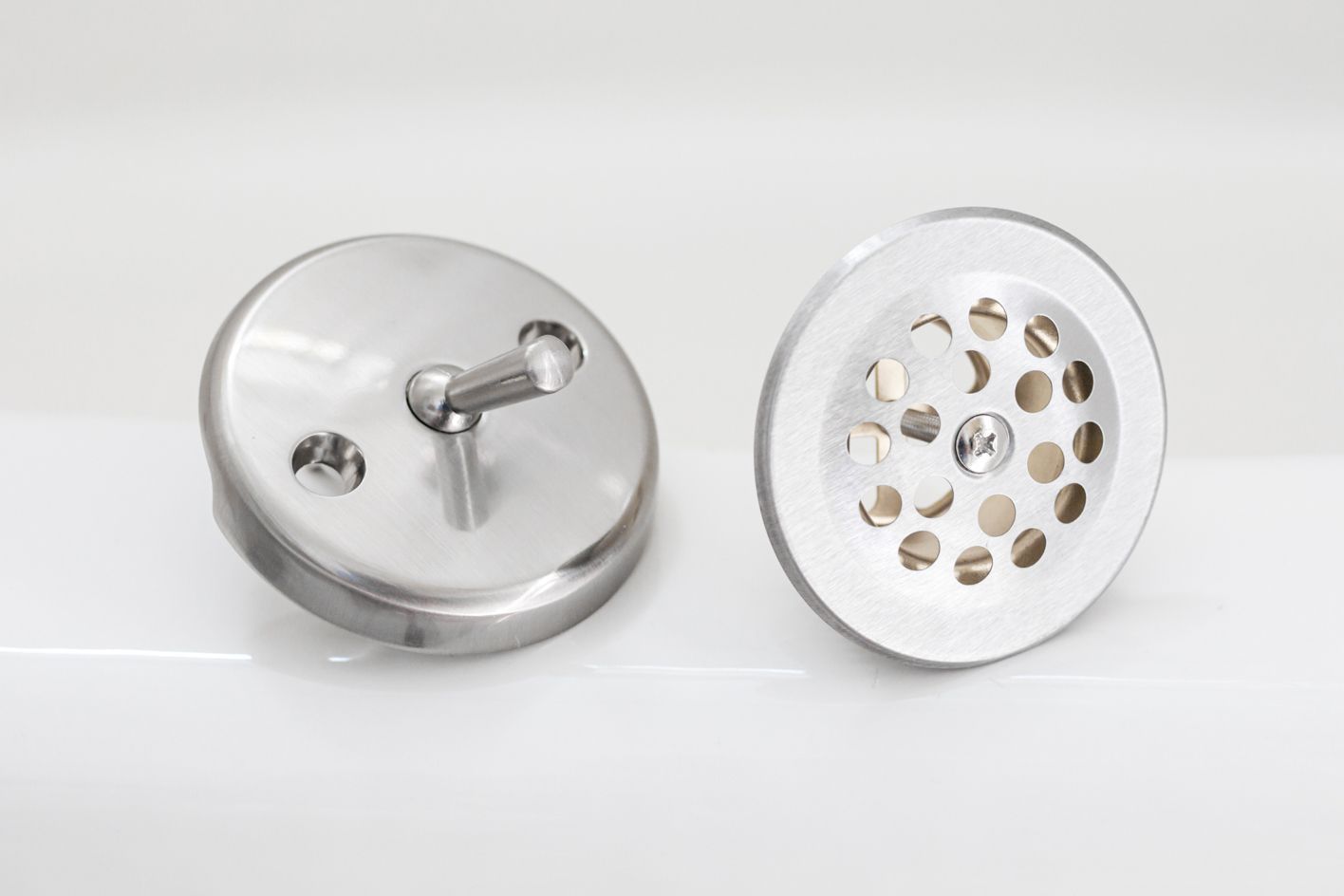
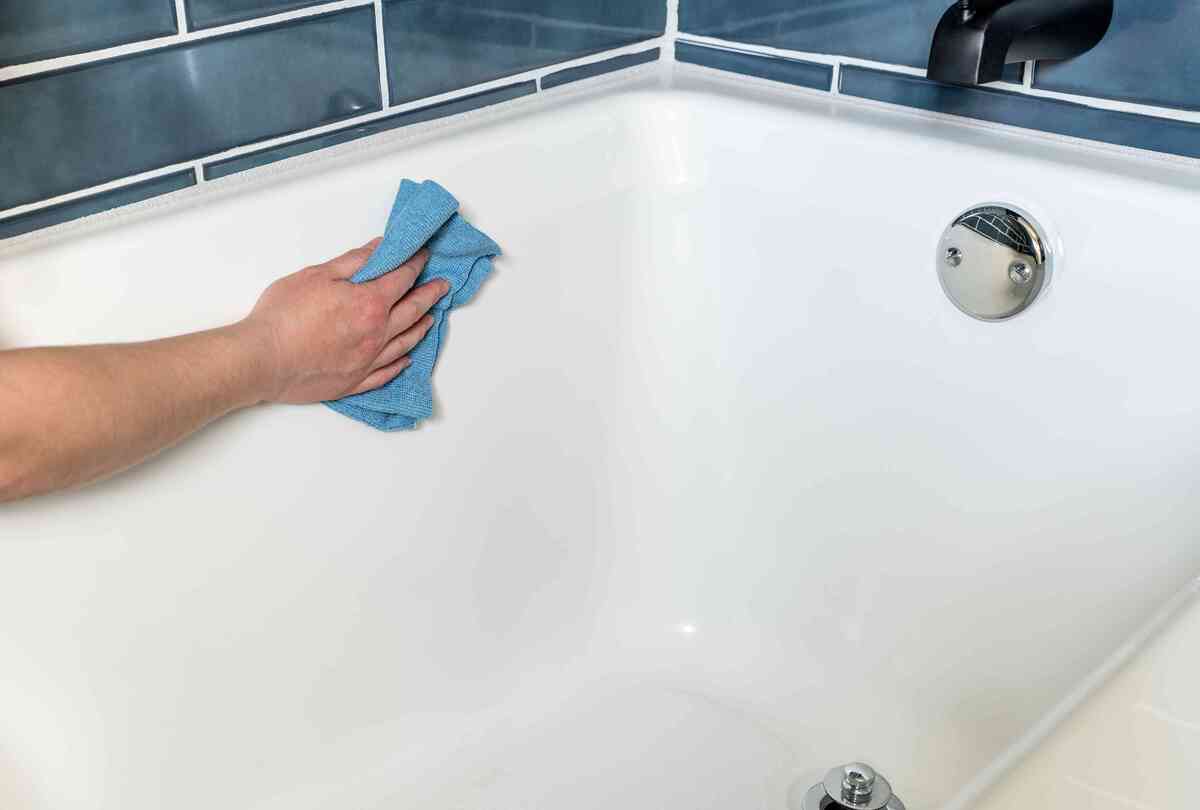

0 thoughts on “How To Close Bathtub Drain”